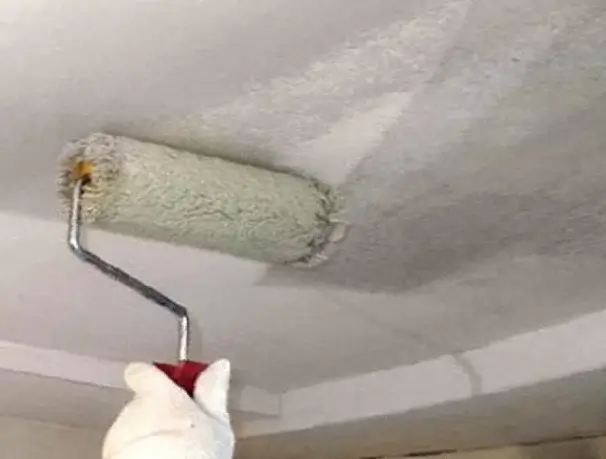Preliminary surface treatment before applying a paint layer will make the decorative protective coating more resistant to the negative factors of everyday use. There is a fairly large selection of primers https://stroitesnami-baltym.ru/shop/lkm/ for metal, wood, brick and concrete surfaces.
What does primer provide
A special chemical composition is considered a base, without which the paint will not adhere firmly even to a perfectly flat surface. The special chemical composition of the soil achieves several goals at once. The main one is degreasing. Removing the fat layer on the surface to be painted is the basis for painting and varnish work. It is worth adding to other functions:
- Strengthens the base to a sufficient depth of the wall, covering.
- Makes walls waterproof, increases protective properties.
- Antibacterial properties from mold and insects.
- Fills micro voids in the walls, preventing them from crumbling in the future.
- Minimizes paint consumption in the process of painting the surface.
Modern primer materials are considered a mandatory base layer for the subsequent application of a paint layer. Properly selected primer significantly increases the service life of the painted surface. Even if it is necessary to paint a metal surface with a perfectly smooth and grease-free base.
Variety of primers
The type of primer base allows you to narrow its scope of use on a specific surface. In addition, not all primers are universal; many are designed only for a certain type of paint:
- aluminum base to protect wooden surfaces;
- mineral with lime or gypsum to protect brickwork;
- Epoxy primer is optimal for increasing the adhesion of concrete;
- Alkyd, an alternative for wood with improved adhesion;
- Acrylic, has the most universal characteristics.
There are other types of primers that must be applied immediately before painting, or several days in advance, to allow the primer to penetrate deeply into the substrate. In most cases, one coat of primer is sufficient.





